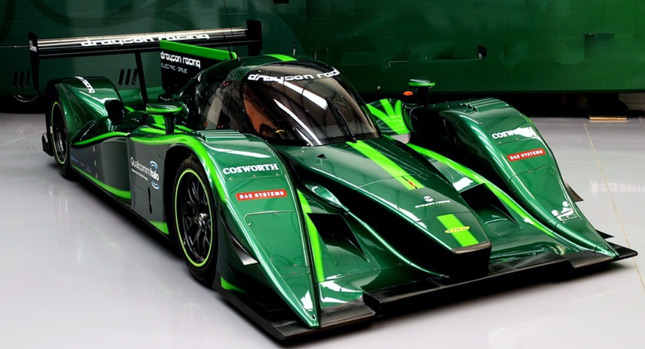Until recently, using anything other than a gasoline-powered engine in a racing car was not an option.
Audi changed that in 2006 with its Le Mans-winning, diesel-powered R10 TDI, Peugeot followed suit with the 908 HDi FAP, and suddenly race viewers and race car drivers alike were treated to a different set of sounds.
This year was even more interesting. That’s because in the 2012 edition of the 24 hour race, both Audi and Toyota fielded hybrid-powered entries, the former filling all three places of the podium and the latter showing that it was a force to be reckoned with before retiring.
Now, FIA (Federation Internationale de l’Automobile) has announced that it has reached an agreement with the Formula E Holdings (FEH) consortium of international investors for an all-electric car race car championship.
Dubbed Formula E, the new racing series will be run in major city streets around the world. After demonstration runs in 2013, the championship, which intends to attract 10 teams and 20 drivers, will begin in 2014 with the inaugural race to be held in Rio de Janeiro, Brazil.
“I would like to thank all the parties involved”, said FIA president Jean Todt. “This new competition at the heart of major cities is certain to attract a new audience. This spectacular series will offer both entertainment and a new opportunity to share the FIA values and objectives of clean energy, mobility and sustainability with a wider and younger audience as well.”
FEH, which is led by Spanish billionaire Enrique Banuelos, has already developed a prototype called Formulec EF 01, which FIA says, will be available to any team wishing to compete in the series.
Drayson Racing Technologies, owned by British businessman, part-time racing driver and former government minister Lord Paul Drayson, has been working for the past two years alongside Lola developing the B12/69 LMP all-electric racing car.
Lord Drayson’s company is also acting as a scientific adviser to FEH. “This gives us the perfect way to showcase the performance of electric cars”, he said. “People think they’re slow. We will show that it’s possible to do 200 mph or 0-60 in three seconds”, he added.
He also believes that the series, apart from promoting “green” cars, will also help in their development: “Motorsport has always been a tremendous driver of R&D”, he said. “Many of the things we take for granted on our road cars, even the humble rear view mirror, started out on a racing car.”
Still, the exciting noise of a pack of racing cars barreling down the start-finish line won’t be there, with only the hum of electric motors and tire noise punctuating each car’s run. Won’t this take an important ingredient of motorsport out of the equation?
Chris Aylett, chief executive of the Motorsport Industry Association, disagrees: “We’re not talking about appealing to the great market with these cars”, he said. Instead, he stressed, “We’re looking at the 15-year old today who will be tomorrow’s car driver”.
Since even the most advanced battery packs may offer performance, but are short on range, pit stops are inevitable. Only the driver won’t wait for his battery to be recharged, but will probably get into a new car with a fully charged battery.
So, ladies and gentlemen, those of you who enjoy the noise made by racing cars do it while you still can. Hybrids are already here, even in Formula 1 – and aspiring Alonsos and Vettels will have to make peace with the sound of silence.
In the meanwhile, you can watch a video of the Lola-Drayson B12/69 at this year’s Goodwood Festival of Speed hillclimb.
By Andrew Tsaousis
Source References: FIA & BBC
Hat tip to Bruno R!
PHOTO GALLERY








 VIDEO
VIDEO